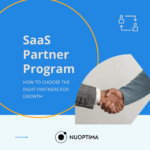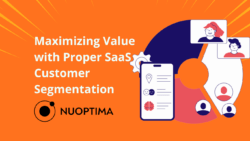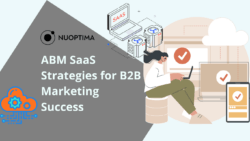When you enter” SaaS companies” into Crunch Base’s search, you get a list of 46,346 registered names[1] on their website alone. Since competition in the SaaS industry is fierce, the popularity of micro SaaS ideas has started to rise, especially in 2025, with the influx of AI-related problems and software solutions.
Therefore, if you ask someone in tech for a sustainable software idea, they would probably direct you toward digging into micro SaaS.
This article will be your in-depth guide on building your first micro SaaS product, with best practices and examples of successful software.
What is Micro SaaS?
Micro SaaS are software solutions that tackle niche problems, specific industries, or singular pain points often overlooked by bigger SaaS companies. For micro SaaS, the slogan “go big or go home” doesn’t work since the main focus is solving one problem for one specific target audience.
The formula can be “A solves this for B”, for example, “ An auto-email responder for C-level executives”. Instead of being an email marketing tool that responds, sets campaigns, monitors progress, calculates open rates, etc a micro SaaS only solves one problem.
It may sound strange at first, but many people don’t want an “all-in-one solution” because they simply don’t need that many features, don’t want to pay the price or don’t have the time to learn everything from scratch.
A testament to people preferring single solutions to multiple solutions is the negative feedback Loom got when they incorporated AI. Loom was a straightforward screen recording software, but now it has dozens of features that many find overwhelming and complex, while their basic feature is bugging.
Here are the main differences between micro SaaS and regular SaaS products:
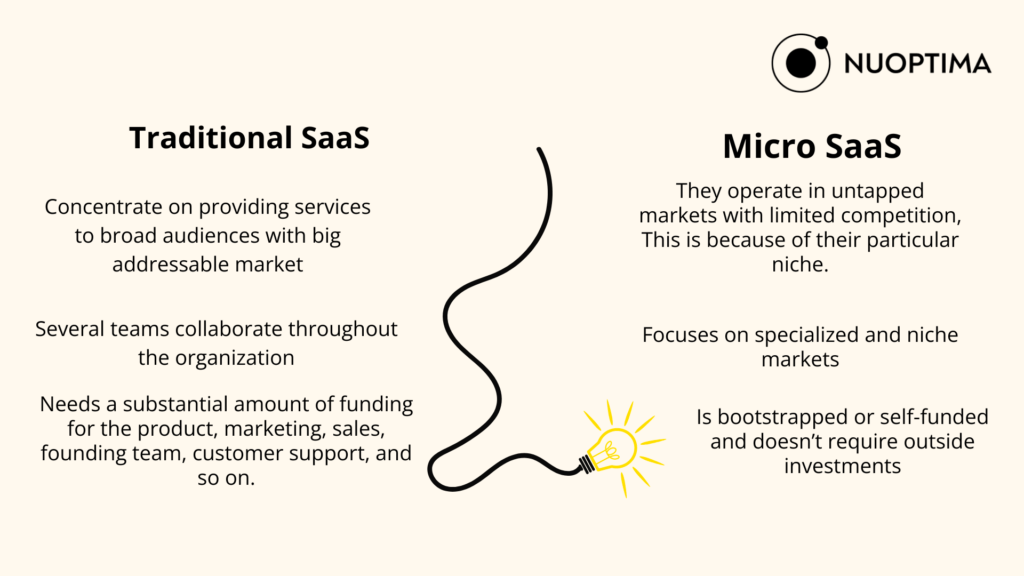
Interested in traditional SaaS? Take a look at our SaaS aggregators article.
How Does a Micro SaaS Product Pay Off?
You may be wondering if micro SaaS is profitable at all, especially compared to bigger SaaS companies. Here are some key points:
- Recurring revenue: Micro SaaS products, like traditional SaaS products, typically operate on a subscription model, providing a steady stream of recurring revenue. This can create a predictable and stable income while making it easy for customers to switch to higher-paid plans.
- High profit margins: With relatively low operational costs compared to larger SaaS businesses, Micro SaaS products can achieve high-profit margins. The minimal overhead and maintenance costs contribute to this fact.
- Scalability: Micro SaaS products can scale efficiently without a proportional increase in costs. As the customer base grows, the revenue can significantly outpace the initial costs.
- Low initial investment: The initial development cost of a Micro SaaS product is typically lower than that of a full-scale SaaS product. This reduces financial risk and allows for quicker SaaS marketing ROI.
In the long run, the potential of a micro SaaS product is endless; here are some examples:
- Business growth: Over time, a successful Micro SaaS product can expand its feature set, target a broader audience, or even evolve into a larger SaaS business. This can be sped up with proper SaaS growth strategies.
- Acquisition potential: A profitable and well-run Micro SaaS business can attract the interest of larger companies looking to acquire niche products. This can lead to a lucrative exit strategy. Here is a podcast on how to sell your SaaS.
- Passive income: Once established, a Micro SaaS product can generate passive income with minimal ongoing effort, allowing the owner to direct their resources and attention elsewhere.
Bannerbear is an example of a micro SaaS that went from 0 to 36K MRR, and the whole journey is documented in their casestudy[2].
How to Create a Successful Micro SaaS Product
Now that we’ve concluded that micro SaaS is a profitable route to take in the long run, let’s see how to actually go from an idea to a profitable business.

1. Identify a Specific Market Need
Finding an innovative product nowadays is nearly impossible. Even when something new pops up, the market is quickly saturated with “innovative solutions” (think about ChatGPT plug-ins).
Once you are okay with not inventing anything innovative and investing in something that solves a specific pain point, everything will become clearer.
First of all, if you have some expertise (for example, you are a developer), you can dig deep into your workday and find problems that annoy you either daily or weekly. Make sure those are problems you would actually solve, or pay someone to do it for you.
If not, is there a tool or an app you’ve purchased but canceled for some reason? Or did you purchase a tool with dozens of features but only use one of two?
This little exercise will help you brainstorm ideas and directions. This product-founder fit is a great foundation for a successful micro SaaS because you know exactly what the problem is, and you will know if the right solution is built.
If not, you can take inspiration elsewhere and:
- Research a target market on LinkedIn, Twitter (X), and Quora. Simply type in “How to…” or “How to + specific use case) and find what people are having problems with.

- If you have specific competitors in mind, you can research their reviews and find a gap a potential new product may fix.

- Investigate what people need on platforms such as RequestForProduct, ProductIdeas, and ProductHunt.
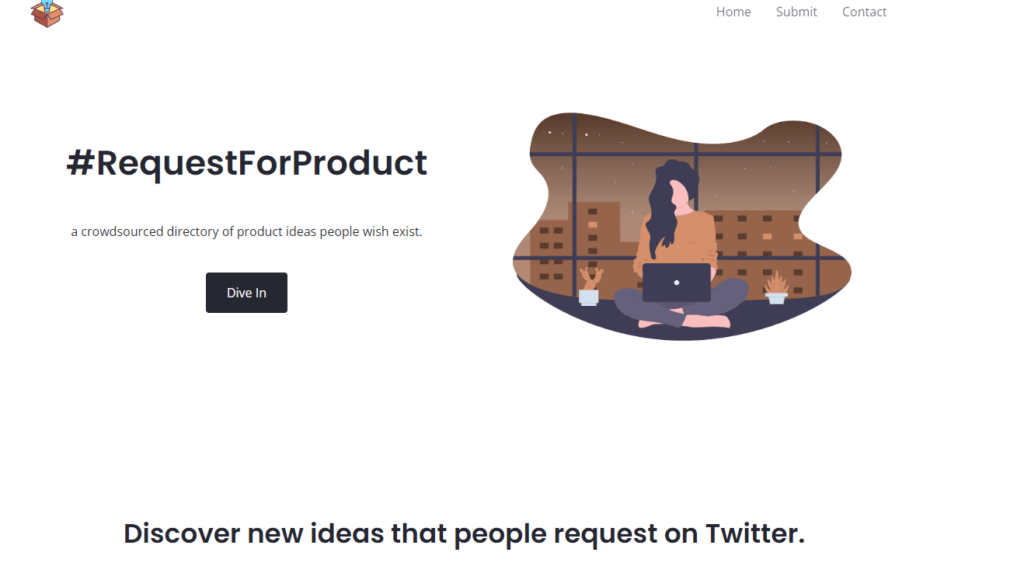
2. Validating Your Micro SaaS Ideas
Now that you have a pile of ideas you see as a great fit, you need to validate and find the best one. To do this it is best to perform extensive research on one single topic. To objectively evaluate your ideas, you can:
- Participate in Forum discussions, subreddits, etc and see if people would really pay for your idea
- Check if people are Googling the pain points you solve or the actual solution (you can use tools such as Ahrefs for that)
- Do a detailed analysis of your competitors to see if their idea is profitable
- Track Google trends to see if your idea has a rising trend
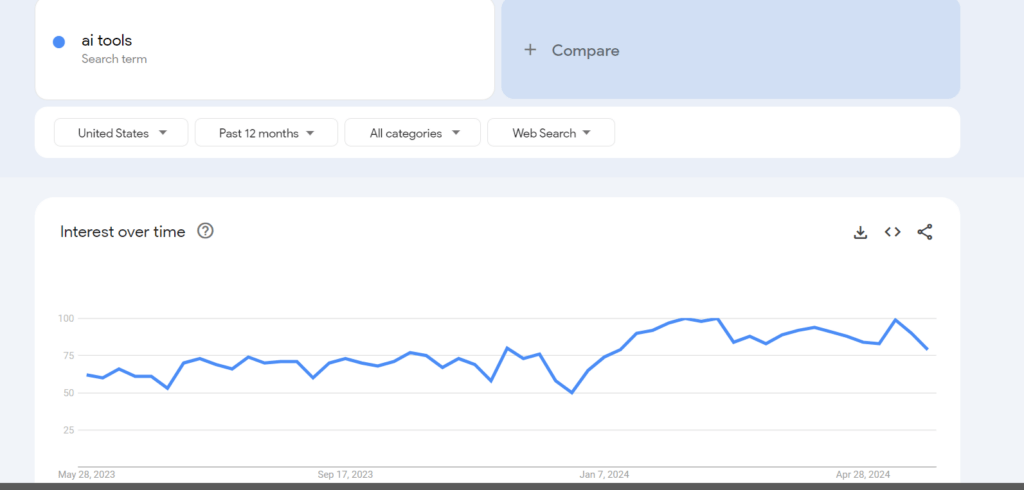
3. Outline a Specific Solution
Now that you have settled on one idea that has the highest potential, you should focus on the solution. As the essence of micro SaaS is one niche solution, make sure you are investing all your resources into one single pain point & solution.
You will rely highly on your market and competitor research and base your product on the gaps you’ve found. If there is a passable solution on the market, you need to invest in meeting the expectations of existing customers while filling in the gaps.
If a solution doesn’t exist, you need to invest even more effort into building something from scratch while respecting the pain points you’ve outlined.
4. Start the Product Roadmap
To start planning your micro SaaS product, you should decide which feature(s) you will focus on and build first. Make sure to plan the wireframes, UI sketches, feature lists and app maps.
This step is probably the longest, but it will be the foundation of your whole product roadmap. Once you are set, you can start building your minimal viable product (MVP).
MVP is the rough first draft of your product. The main purpose of it is to test and figure out how the target audience resonates with it. The focus should be on having the core feature(s) working properly and testing the direction you are heading towards.
An MVP is necessary if you don’t want to end up building products and features your target audience doesn’t need or like. With their guidelines and comments, you will polish out the final product and start marketing.
Here is a great example of Databoxes’ MVP in 2011, which looks a lot different than the latest 2025 version.
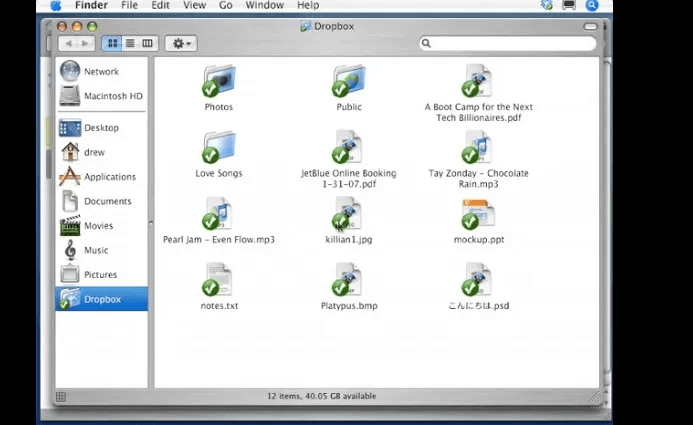
Lastly, you will need to focus a bit on publishing your product and marketing it. Make sure you have a fully functional website and social media, and leverage PR to promote your product.
5. Test and Iterate Based on User Feedback
Now that you have your MVP out in the world, it is time to get some first feedback. As you know, getting the first beta testers can be a difficult journey. Here are some ideas to get honest and relevant feedback:
- Beta testing websites: Find your first beta testers on websites such as Beta Family, Betabound, Betatesting.com, and Test IO.
- Social media call-out: Create a social media post on Facebook or LinkedIn and ask users to participate in your beta testing program.
- Email outreach: Find your target audiences’ email and reach out to them by saying you want them to participate in your beta testing program.
- Content marketing: Create a specific landing page for your beta testers program and promote it on your website and social media. You can also do an alternative/competitors article and at the end, ask the target audience to beta test your micro SaaS product.
- Community: Leverage the subreddits, forums and communities you found in your research and put the link to your beta product there.
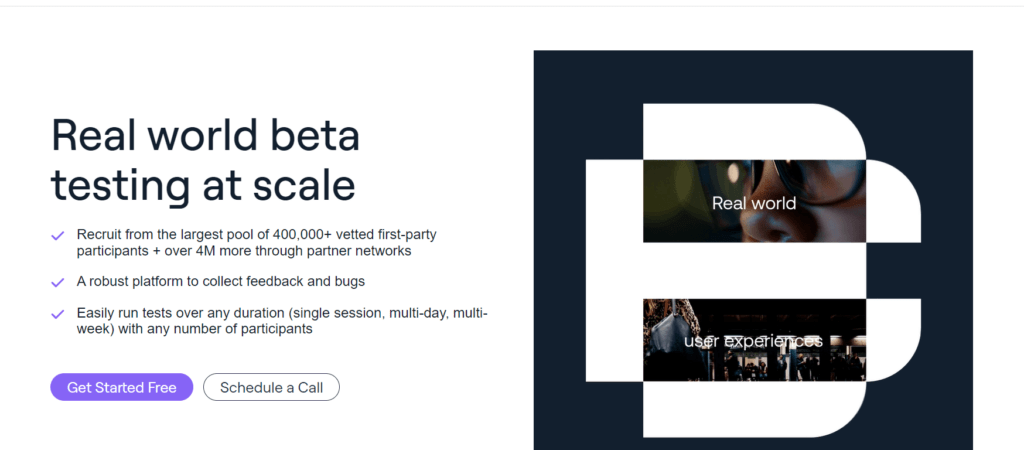
Keep in mind that the beta testing phase may take a while – from a couple of weeks to a couple of months.
Especially if you are not paying for testers but gathering them organically. Also be aware that not every feedback would be useful for you at this point, so when asking for feedback, make sure to be precise and only focus on the MVP.
6. Market and Sell Your Micro SaaS
Once you’ve implemented the feedback you got from beta testers and your own experience testing the software, it is time to take it to the next level and put a price tag on it.
The overall pricing structure for SaaS companies is divided into:
- Per-User model: Per month or annual-based subscription charges for one user
- Tiered model: A model of tiered price proportional to the number of licenses or users, e.g a tier of 5, 10, or 20
- Payment proportional to usage: The more they use, the more they pay
- Flat price: All features at a fixed price
Most SaaS brands offer either a free trial or a free plan. If you want to grow faster, then a free trial (usually 2 weeks) is a good option.
Since you already have a group of people who know your product (your beta testers), you can start SaaS product marketing to them. You can give them special discounts or offers. Once you get those first real users, make sure to use their reviews and testimonials for further promotion.
The best way to promote your micro SaaS is through content marketing and PPC. PPC will get you those first big wins and users, while content marketing will work like a charm over time.
Make sure your brand name appears in the review sites your competitors are on, the most popular being G2, SoftwareAdvice, Capterra, etc.
Finally, rely on PR and Guest Posts on relevant websites so you can get your product in front of a larger audience and boost your SaaS link building efforts.
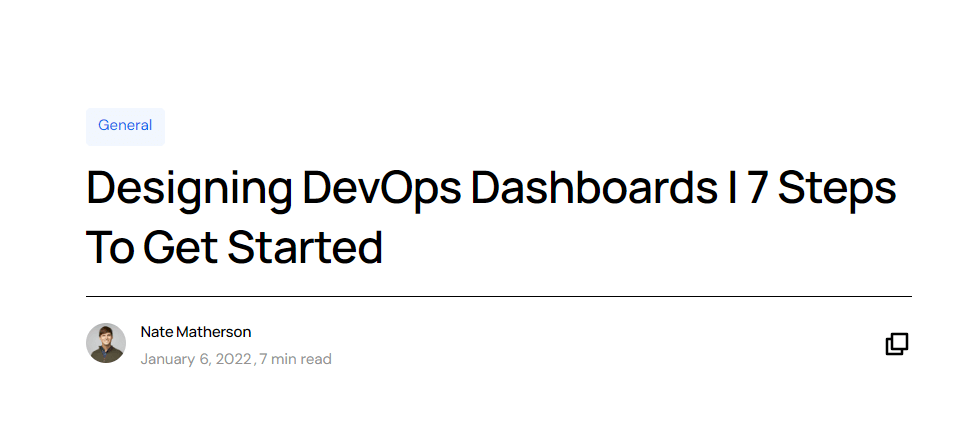
7. Scale Your Micro SaaS Business
At this point, it is all about analyzing and doubling down on your efforts. Based on the progress and feedback you are getting far, you should have a clear idea of your direction and where you should head towards.
Analyze what your users are saying to see what features need to be improved or developed. As for marketing, see which platforms/campaigns bring in the most leads and revenue. Once you have a clear overview, you can A/B test and only do marketing that works for your target audience.
Once your team becomes bigger or you have more resources to work with, you can experiment with different marketing strategies and find new opportunities, like working with influencers or building custom SaaS landing pages.
Examples of Successful Micro SaaS Ideas
Here are top three examples of successful and interesting mico SaaS companies that made Crunchbase’s 2023/2025 list.
1. Lottielab – Create Lottie Animations
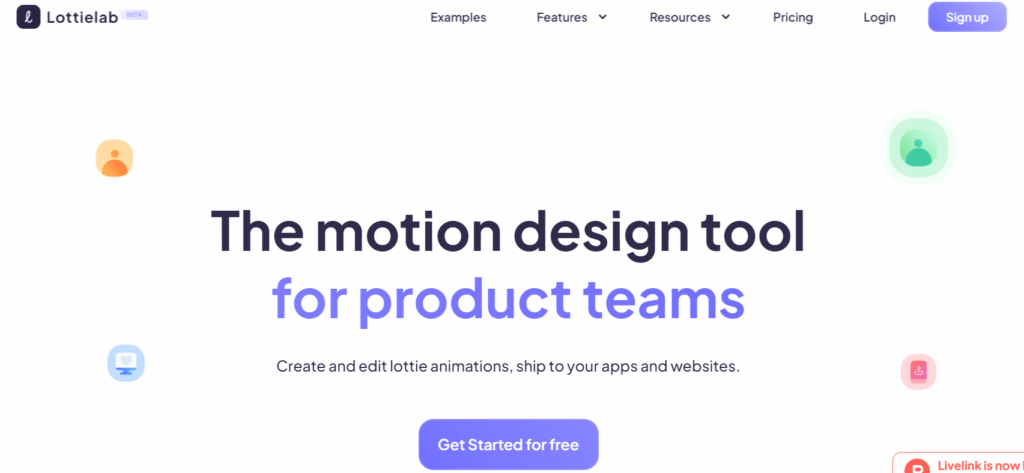
Lottielab is a micro SaaS product that helps developers create and edit Lottie animations as well as ship apps and websites.
This software solves specific problems such as:
- Tracking changes: Keeping track of changes and updates in the animation assets can be challenging, especially in collaborative environments
- Verifying updates: Developers need to quickly verify how an animation will look and behave in their application without integrating it first.
- Quickly making changes: Fine-tuning animations or making small adjustments often requires going back to the original design tools, which can be time-consuming.
Lottielab solves specific problems for a specific audience while promoting ease of use and a perfect UI.
2. Narrato – Create and Publish Content
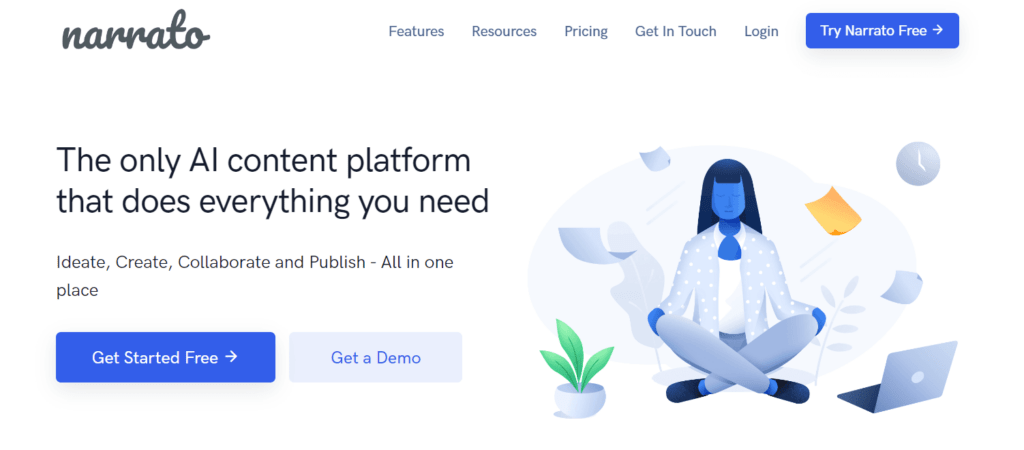
In 2025, ChatGPT has become one of the most used tools for content creation. However, with the rise of this AI tool, loopholes and drawbacks have started to appear. Many micro SaaS companies have used this opportunity to bridge the gap and create ChatGPT alternatives.
One of those micro SaaS ideas is Narrato – an AI content platform that ideas, creates, and publishes various types of content.
It has over 100+ AI content creation, planning, optimization tools and templates, a content marketing assistant that runs on autopilot, SEO, collaboration, content project management and publishing features.
Some specific use cases that Narrato can be used for:
- Directly publishing content from an AI tool (ChatGPT doesn’t do that yet)
- Team collaboration on specific content pieces
- Various content output types (social media, blog, etc)
- SEO optimization on the same platform
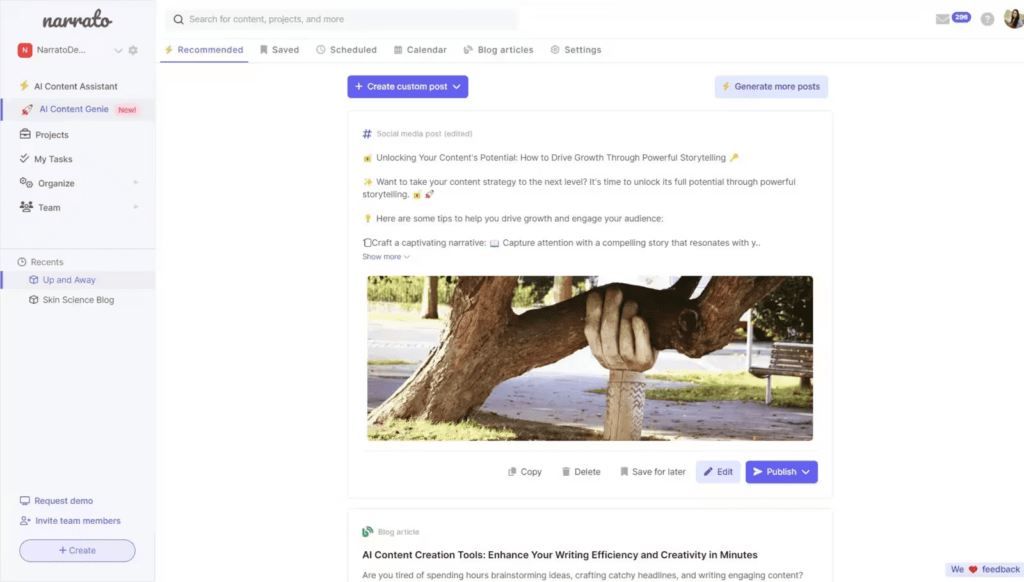
What makes this micro SaaS idea stand out is that they found a potential gap in a popular tool and used it to their advantage. In that way, they have a high chance of converting ChatGPT users who look for features that the popular tools lack.
3. BeforeSunset AI – Plan Your Day
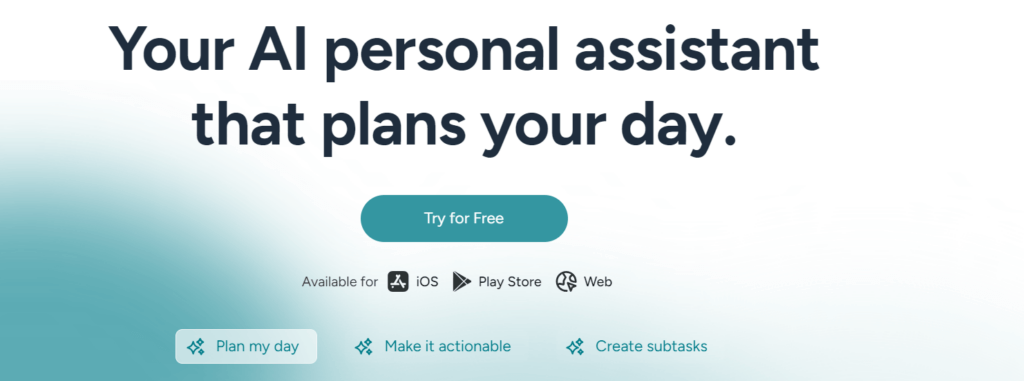
Another interesting micro SaaS company targeting busy professionals is BeforeSunset AI. This tool acts as your automatic personal assistant and plans your day based on your calendar. With features such as focus mode, analytics, time tracking and history, it is a handy tool that cuts away the need to work with a human assistant.
With a user-friendly interface and easy setup, it is just what busy people need to organize their chaotic work life.
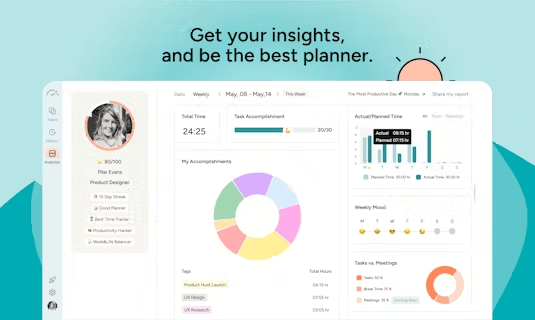
Latest Trends in Micro SaaS for 2025
Looking for more inspiration or a confidence boost that will help you decide which direction to take?
Here are #3 trends in micro SaaS that we noticed in 2025:
#1 The Rise of AI in Micro SaaS
As you probably noticed, AI has taken over the world, and has evidently left a trace in micro SaaS. Many AI alternatives to popular tools have emerged, and old tools have been enhanced or boosted with AI.
One example is Photify AI, a Midjourney alternative that simplifies image generation from scratch. If you think about incorporating AI, you can dive deeper into finding specific use cases or product gaps in popular AI tools.
Another idea is to look into “traditional tools” and see how you can solve the target audience’s problems better by incorporating AI.

#2 No-Code and Low-Code as Micro SaaS Solutions
No-code and low-code tools have made the world of tech easier and more accessible for non-tech users. Nowadays, you can build websites, apps or online stores on your own without writing a line of code.
Netjet is an example of a no code website builder that solves a problem for users that need a simple website fast. Without many sprints or developer hiring, you can have your own fully functional website in a day or two.
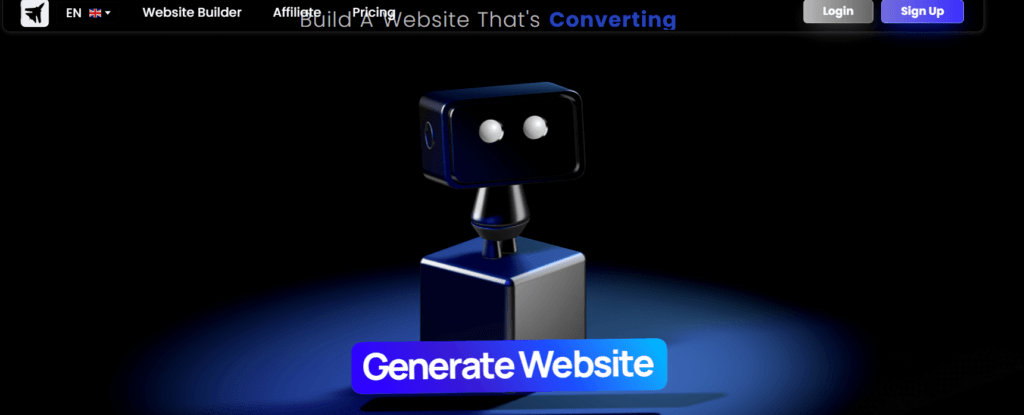
#3 Niche-Specific SaaS Products
One last trend that popped up on our radar is niche-specific SaaS products. These types of micro SaaS products offer specific solutions to a narrow audience. Even though the net this software casts is narrower, it can end up being a very lucrative business idea.
An example of a niche-specific software is TwixHotel, which helps managers optimize hotel processes and increase guest satisfaction. You see how this software could have easily started out as a tool for many target audiences (restaurant, hotel, bar owners) but they picked up one niche and made sure to solve their specific problems.
Therefore, when a software idea enters your brainstorming sheet, try to narrow it down to one use case or one target audience.
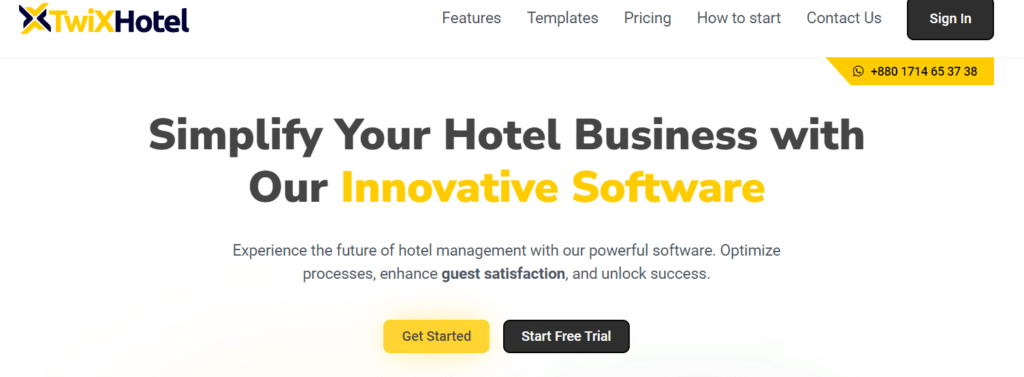
Conclusion
Micro SaaS is a great way to build your new company and brand with fewer risks and in a short amount of time. From extensive research to MVO, testing and iterating – we’ve outlined the whole journey.
With examples and best practices we’ve highlighted above are equipped to find or validate your micro SaaS idea right away.
If you don’t want to do it alone, NUOPTIMA, our SaaS lead generation agency, has optimized dozens of SaaS websites and maximized their SEO efforts.
Book a free call with our team, and see how we can help you with your micro SaaS!
FAQ
There aren’t up-to-date statistics on the number of SaaS companies in 2025, but in Crunch Base’s search, you get a list of 46,346 registered names on their website. In reality, that number is higher.
To build and sell your micro SaaS you first need to find a product market fit. Once you’ve done extensive research and validated your idea, you can build a draft version of your software and let beta testers guide you in the right direction. To sell it, you need to have a profitable company, which can only be achieved with feature updates and good marketing strategies.
Yes micro SaaS is worth it if you have the resources to start and iterate until your micro SaaS is profitable. Since it requires fewer resources than regular SaaS, it is a great starting point for many SaaS founders.
